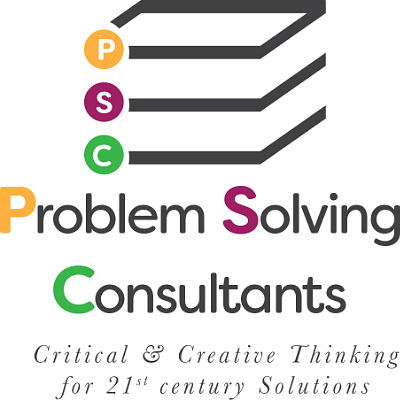Do the actions of the political correctness (“PC”) movement gone wild bother you? They should. The attacks taking place by the small but vocal minority of intellectual tyrants should grab the attention of every CEO in the country. This movement is not about to stop with institutions of higher learning and our organizations could be next. Can we survive?
I am a strong advocate of emotional correctness. This is a philosophy which advocates that people treat one another with civility and respect, even when they disagree with a position, policy or statement. Political correctness advocates that everyone is entitled to an opinion, so long as it agrees with the opinion held by the vocal minority. Nothing suggests that when the PC supporters encounter a different viewpoint that they have to be respectful of others or even civil. On the contrary – shouting expletives seems to be the usual response.
On the other hand, emotional correctness is founded upon the belief that all people have value and are entitled to form their own opinions, whether they agree with ours or not. As the leaders of our organizations, insuring that our organizational culture fosters and advances emotional correctness can be an effective first line of defense against PC assaults. If allegations of harassment are made we have a responsibility to report that behavior to the proper authorities. If the facts support a prosecution, we must support the actions by law enforcement and the courts. If the facts do not support a prosecution our organizations must take steps to insure the situation is fully discussed and addressed. Now is not the time to take the ostrich position. Become proactive, implement emotional correctness within our organizational cultures and be prepared for the PC assault which may be heading our way.
